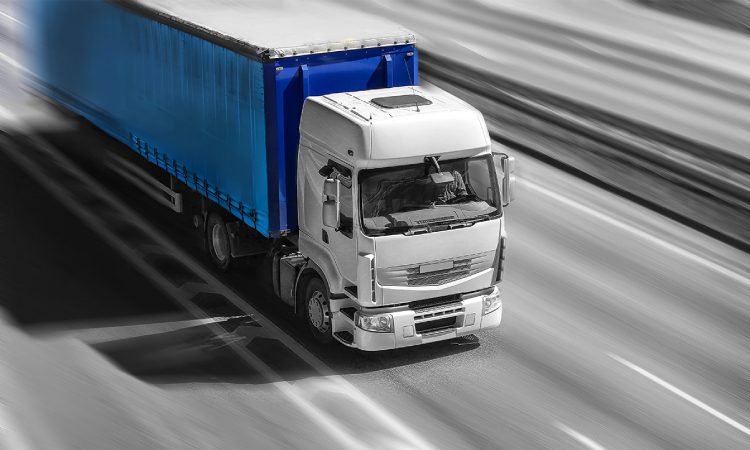Current challenges in the transportation and logistics industry
- Like
- Digg
- Del
- Tumblr
- VKontakte
- Buffer
- Love This
- Odnoklassniki
- Meneame
- Blogger
- Amazon
- Yahoo Mail
- Gmail
- AOL
- Newsvine
- HackerNews
- Evernote
- MySpace
- Mail.ru
- Viadeo
- Line
- Comments
- Yummly
- SMS
- Viber
- Telegram
- Subscribe
- Skype
- Facebook Messenger
- Kakao
- LiveJournal
- Yammer
- Edgar
- Fintel
- Mix
- Instapaper
- Copy Link
Posted: 25 October 2022 | Endava | No comments yet
The transportation and logistics industries are under tremendous pressure. However, some of these challenges can be remedied with automation upgrades that are capable of improving both speed and efficiency while contending with staffing challenges and the increasing demand for goods. Find out more from Endava here.


This Transportation & Logistics (T&L) Insights series is based on research by Levvel, who joined the Endava family in 2021. The team surveyed over 500 U.S.-based companies who procure transportation and logistics services internally and externally to get their views on their challenges, needs and use of digital technology solutions.
While companies often perceive technological innovation to mean things like high-end robotics, artificial intelligence (AI) and fully autonomous vehicles, there are many elements in the supply chain that can be modernised without requiring great effort or cost, while still providing the competitive edge that T&L companies are looking for. In this series, we will present current industry challenges and how digital technology can help reduce friction, enhance efficiency and provide a better experience for businesses and their customers.
The biggest challenges: Speed and delivery times
The transportation industry is under tremendous pressure. Companies have to move goods from point A to point B in the face of unpredictable conditions. However, some of these challenges can be remedied with automation upgrades that are capable of improving both speed and efficiency while contending with staffing challenges and the increasing demand for goods.
The Levvel survey showed that companies are racing to get goods delivered to gain a competitive advantage while still trying to hold on to legacy systems. A lack of automation in the transportation industry can make weather and traffic prediction and route planning difficult, leading to higher fuel costs and a loss of skilled staff. However, companies don’t have to automate their entire fleets to reap the benefits of automation. Before investing in the autonomous fleets of the future, there are a series of smaller steps that they can take that provide immediate relief and a satisfactory return on investment (ROI).
According to 70 per cent of the companies that participated in the survey, speed and accurate estimated times of delivery (ETD) are currently their main challenges. The most precious commodity in the transportation industry is time, so it makes sense that automation tools that address issues related to time on the road will show the most promise in helping companies to achieve their logistics goals.
But there are challenges to implementing automation tools, such as cargo tracking and routing software. Our research found that the main barriers to meeting speed and prediction requirements are:
- Poor traffic predictions
- Cost of fuel
- Poor weather predictions
- The cost of fleet maintenance
- A lack of skilled drivers
- Poor routing strategies.
Luckily, many – if not all – of these can be addressed with automation strategies.
Find out more from Endava by clicking the link below:
Related countries
United States








